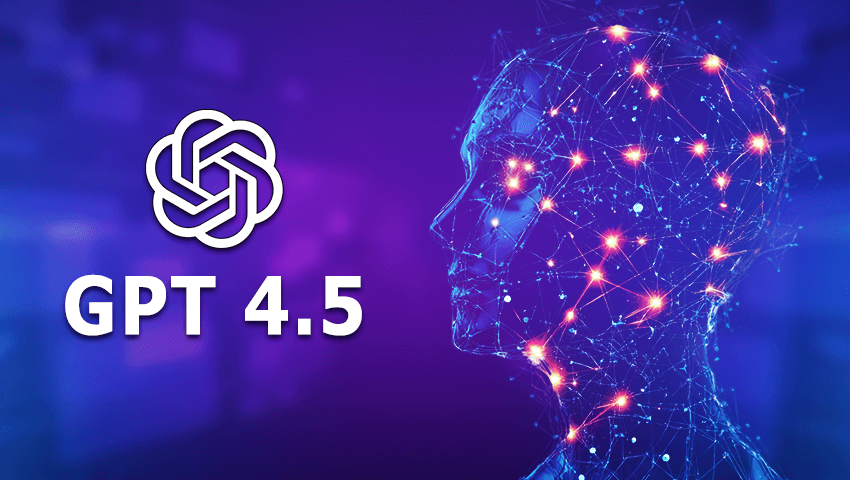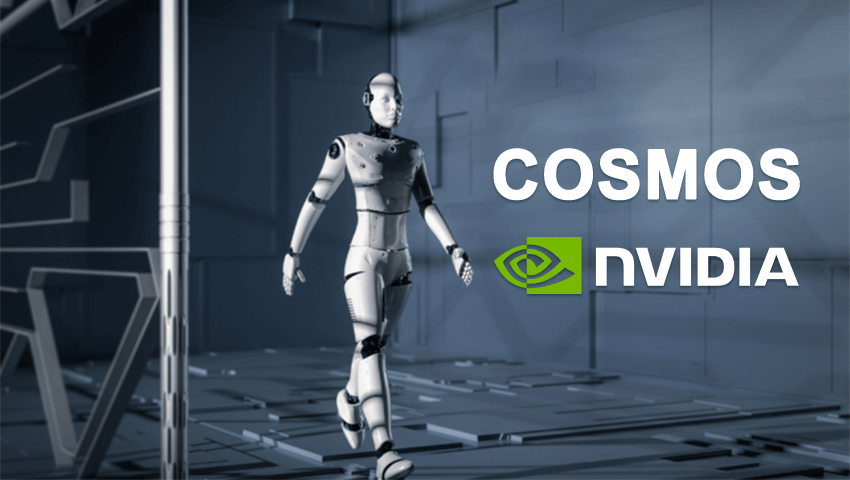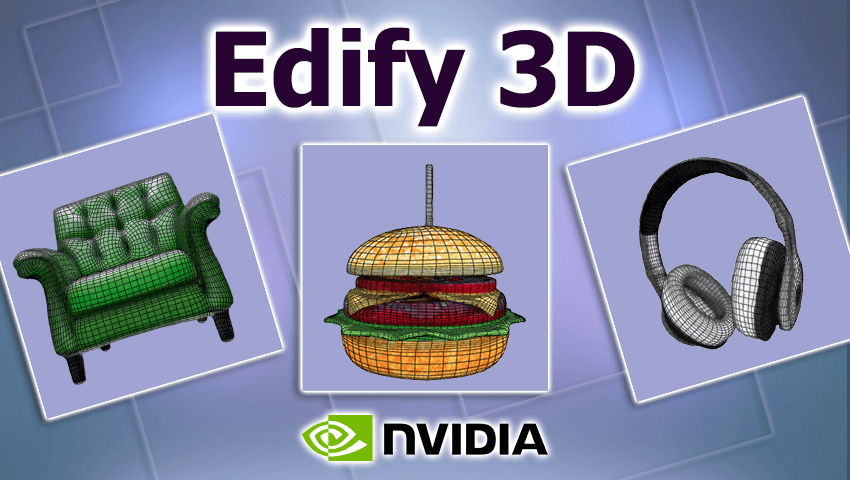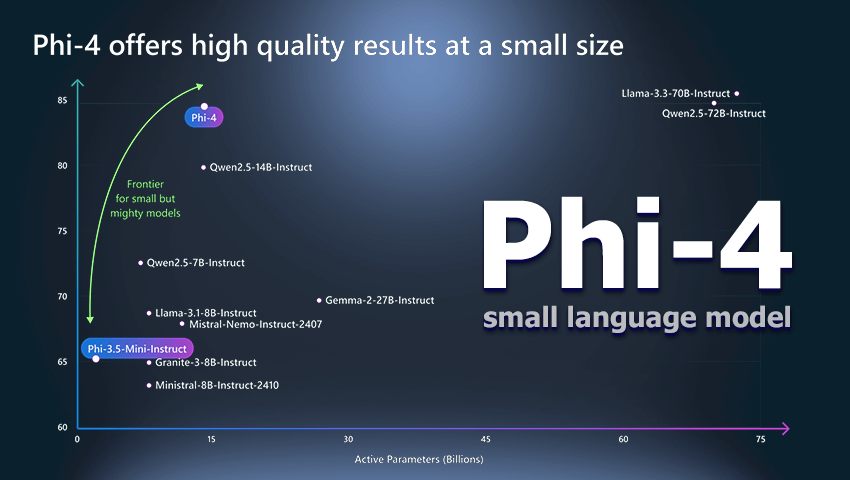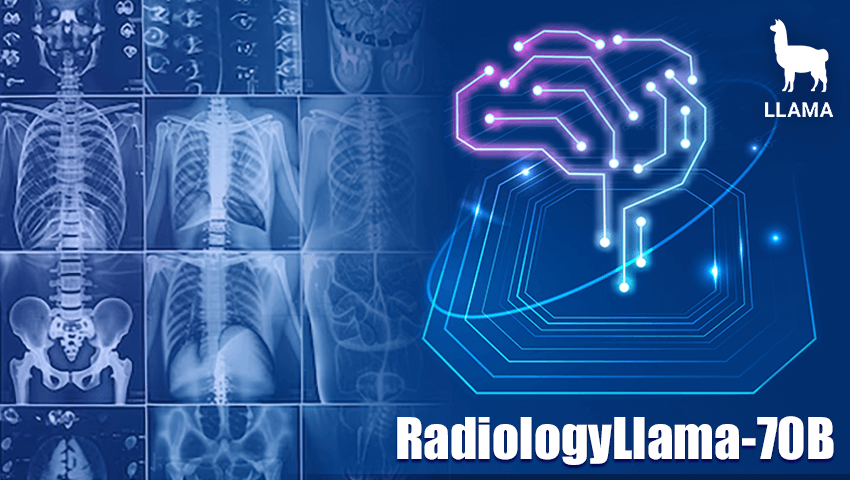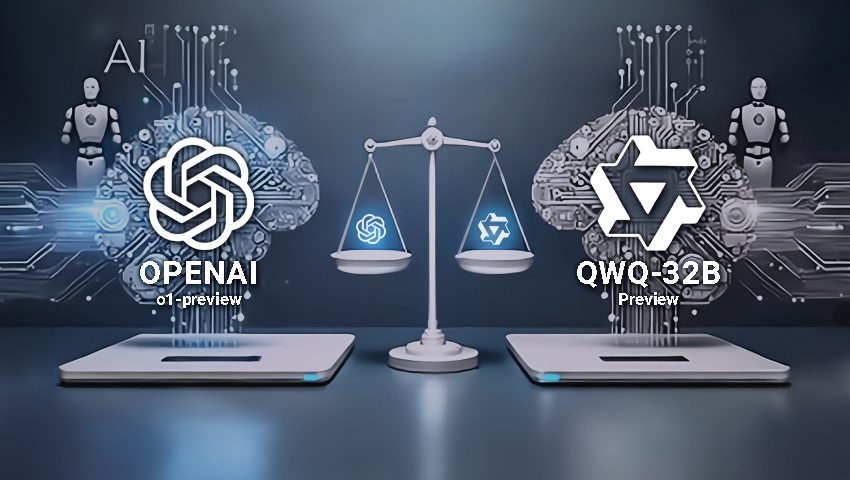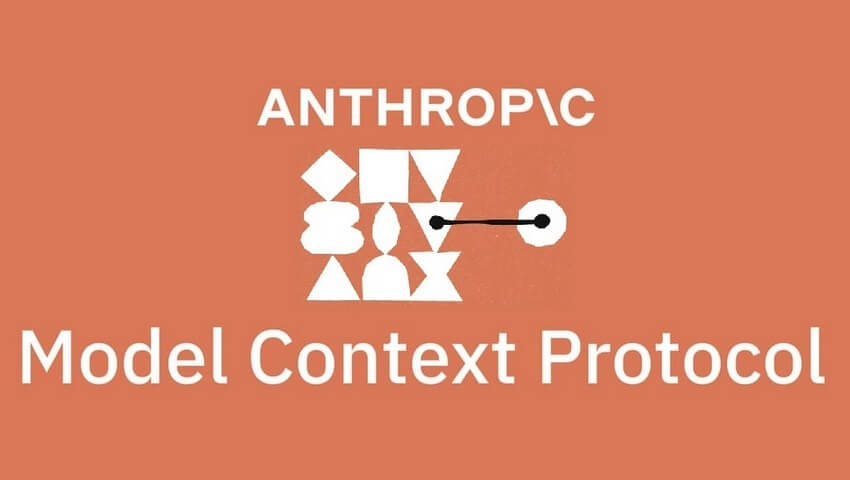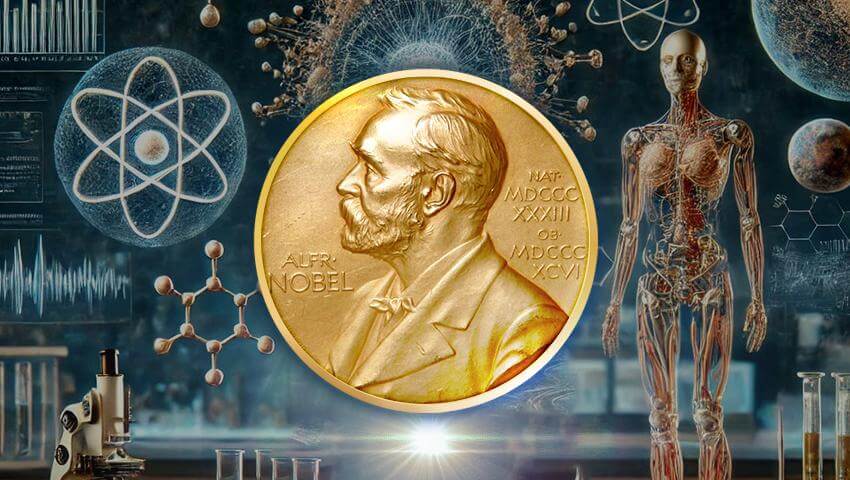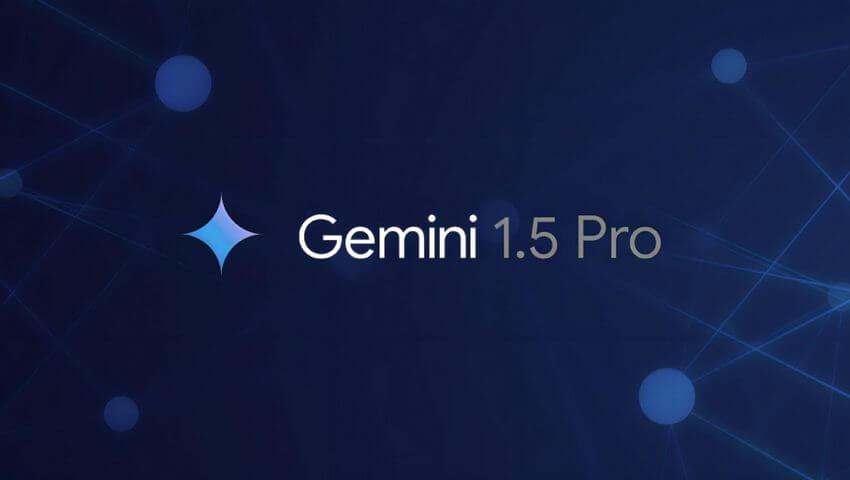GPT-4.5, OpenAI's most advanced AI yet, features improved natural language understanding, enhanced emotional intelligence, and more intuitive conversations. It excels in writing, brainstorming, and problem-solving while minimizing AI hallucinations for more reliable results.
MIT researchers have developed MiFly, a low-power, RF-based system that enables drones to self-localize in complete darkness, indoors, and in low-visibility conditions. By using a single backscatter tag and dual-polarization radar, MiFly navigates without relying on visual cues or external infrastructure.
NVIDIA Cosmos enhances AI robotics by generating photorealistic 3D environments, allowing developers to train autonomous systems without relying on costly real-world data. With advanced world foundation models, Cosmos drives innovation in robotics, self-driving cars, and industrial automation.
HunyuanVideo is the largest open-source AI model for video generation, boasting 13 billion parameters to produce high-quality, cinematic videos with lifelike motion and perfectly synchronized audio. Setting a new benchmark for AI-driven content creation, it delivers unmatched realism, precision, and creative possibilities.
The two-trajectory planning system lets MAVs explore unknown paths while always maintaining a safe backup route. Powered by LiDAR-based perception and the CIRI algorithm, drones dynamically generate real-time flight paths for high-speed navigation in unpredictable environments.
Edify 3D by NVIDIA creates high-quality 3D models in under 2 minutes using AI. By combining multi-view diffusion models and Transformers, it offers fast, accurate, and scalable 3D generation from text or images, making it a perfect solution for gaming, animation, and design industries.
Microsoft has launched the Phi-4 model with open weights under the MIT license, offering researchers and developers unprecedented flexibility. With 14 billion parameters, Phi-4 outperforms its counterparts in solving mathematical problems and multitasking, ensuring efficient work with limited resources.
RadiologyLlama-70B is an advanced AI model trained on over 6.5 million medical reports to enhance the analysis of radiological findings. The model can significantly improve radiologists' workflows, delivering remarkable accuracy while reducing computational costs.
Alibaba's new AI model, QwQ-32B-Preview, challenges ChatGPT with its impressive math and logic skills, outperforming competitors on key benchmarks. Released under an open license, it offers advanced reasoning capabilities but still struggles with tasks requiring strong common-sense understanding.
Anthropic has introduced the Model Context Protocol – an open-source framework that simplifies AI integration with data sources and external tools. By providing a universal standard, MCP enhances AI capabilities and eliminates the need for custom solutions.
Anthropic has introduced Claude 3.5 Sonnet, a new AI model capable of controlling a computer similarly to a human. The model uses screenshots of the desktop to navigate applications and perform tasks such as clicking, typing, and gathering information.
Stable Diffusion 3.5, the latest release from Stability AI, introduces three powerful model variants that deliver enhanced image quality, speed, and accessibility for consumer hardware. The models are free for non-commercial use, and integrate advanced safety features to prevent misuse.
The 2024 Nobel Prizes in physics and chemistry have set a precedent for acknowledging AI’s contributions to science. While some may question the fit between AI and traditional disciplines, others see this as a necessary step toward recognizing the interdisciplinary nature of modern research.
Meta has unveiled Movie Gen, an AI-powered tool that creates high-definition videos with synchronized sound from simple text prompts. The model provides advanced video creation and editing features, offering users enhanced control over content generation.
With price cuts, increased rate limits, and faster output, new Gemini models by Google make advanced AI more accessible for developers worldwide. They boost speed, reduce costs, and enhance performance across a wide range of text, code, and multimodal tasks.

